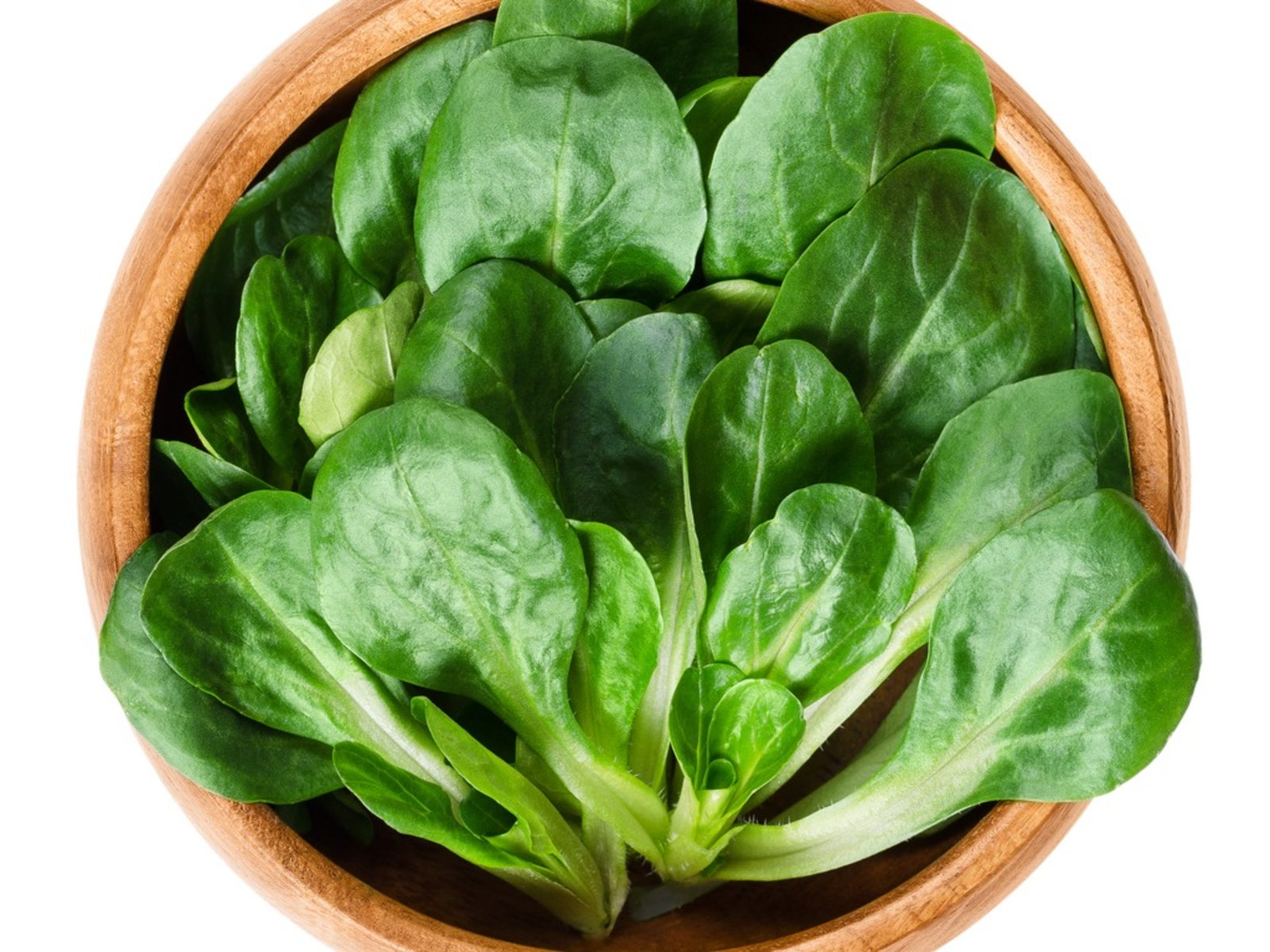What Are Mache Greens: The Use And Care Of Mache Greens

Looking for a good interim salad crop while you're patiently waiting for spring greens? Look no further. Mache (rhymes with squash) just may fit the bill. Corn salad greens look like small rosettes with six to eight, spoon-shaped velveteen leaves branching out from its thin delicate stem. Corn salad greens are found extremely low to the ground. Combined with their extreme delicacy, harvesting is an exacting and tedious task resulting in a higher priced gourmet green when found in the market. Native to France, mache (Valerianella locusta) or corn salad greens as they are also known, has been cultivated under the name doucette since the 17th century. There are over 200 varieties of mache, each with a slightly different nuance. In the late 20th century, the man who brought us prepped bagged salads, Todd Koons, introduced corn salad greens to the North American market.
What are Mache Greens?
Okay, so what are mache greens? Mache greens are a cold weather salad green akin to Tatsoi and are named thus as they are planted after the corn harvest. Not only does mache go by the name corn salad green, but is sometimes referred to as lamb's lettuce or fetticus. Corn salad greens are high in the nutrients of vitamins B and C, iron, folic acid, and potassium.
How to Use Mache Greens
Mild in flavor with a nuttiness and lettuce-like crispness, corn salad greens are often combined with more flavorful greens, such as mustard. Tossed salads, either alone or combined with other more piquant greens, or used as a lightly sautéed vegetable in omelets, soups, or rice are suggestions as to how to use mache greens. Corn salad greens can be steamed and served like spinach or used as a bed for placing other foods on. Any preparation involving heat should be done at the last second, as mache is extremely delicate and will wilt to an extreme if cooked too long.
Care of Mache Greens
Care of mache greens requires a sunny location in well drained soil. Corn salad greens are tolerant of cool weather so may be sown in September through May, with early fall up to Thanksgiving, being an ideal planting time. Either broadcast mache seeds or plant in rows 12 to 18 inches (31-46 cm.) by 6 inches (15 cm.) apart. Be patient. These little beauties take their time germinating, about a month, and even then the plants are on the runty side. Harvest in March when there are six to eight leaves; and as you harvest, you are naturally thinning the crop. Wash well as mache's spoon-shaped leaves tend to hide dirt. About a dozen corn salad greens are needed for a serving when harvesting in March, but by the end of April fewer are needed as the plants will have tripled in size. By May, mache plants bolt and become stringy and rangy. At this time, it's all over; time for spring greens after enjoying your very own garden fresh greens during the late winter months.
Sign up for the Gardening Know How newsletter today and receive a free copy of our e-book "How to Grow Delicious Tomatoes".

Amy Grant has been gardening for 30 years and writing for 15. A professional chef and caterer, Amy's area of expertise is culinary gardening.
